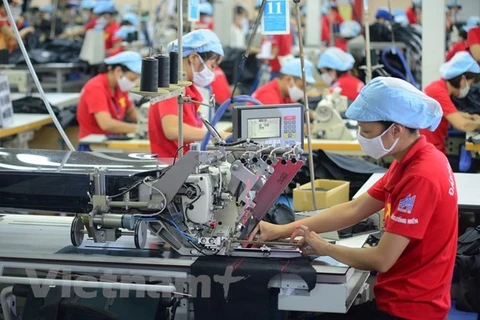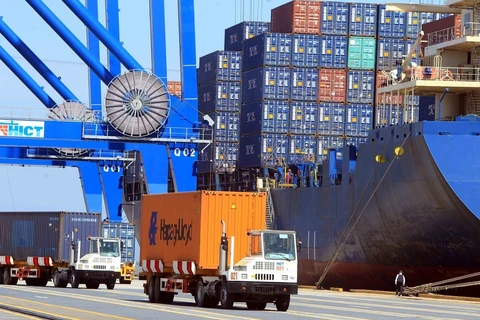Hanoi (VNA) – The target of 6.5% economic growth set by the National Assembly for next year, lower than the growth of 8.02% recorded in 2022, will be a challenge, said General Director of the General Statistics Office (GSO) Nguyen Thi Huong.
In an interview granted to the Vietnam News Agency (VNA), Huong said the growth target is based on pillars such as agro-forestry-fishery, processing industries, tourism, consumption and public investment. Political stability and social security are also expected to maintain growth momentum next year.
In particular, it is forecast that 2023 will be a promising year for the agro-forestry-fishery sector, a mainstay of the whole economy that plays an important role in ensuring global food security and maintains Vietnam’s position as the leading farm produce exporter.
In the processing industries, growth of beverages, medicines, pharmaceuticals, machinery and equipment will propel the sector next year.
Reviving tourism, especially domestic tourism that is predicted to triple, will lead to growth in transportation, lodging and dining services, wholesale and retail to the pre-pandemic level, she said.
In order to achieve global trade targets in 2023, Huong suggested firms improve corporate governance practices, and renovate equipment and technology to meet technical and food safety and hygiene standards of importers.
Management agencies were asked to seek solutions for strategic goods, help enterprises make the best use of advantages brought about by free trade agreements, accelerate bilateral and multilateral negotiations with key and promising markets and regions, promote exports to developing, newly emerging and potential markets apart from traditional markets such as the US, the EU, China, East Asia and ASEAN.
Amid uncertainties at home and abroad, Huong said the number of new orders may drop till the end of the first quarter or the second quarter next year, forcing many workers to loss their jobs.
Therefore, the GSO proposed effectively rolling out policies in support of businesses and workers, launching domestic demand stimulation drives, promoting trade and seeking new markets and orders.
At the same time, vocational training establishments should be restructured to ensure the supply of qualified workers while the labour market governance system should be connected with the national database on population and other databases, making it easier to have a general view of labour supply-demand and social welfare.
According to the official, changes in consumption behaviours in the post-pandemic period, proactive production in the agro-forestry-fishery sector, remarkable growth of industrial production, high travelling demand and new-generation free trade agreements contributed to Vietnam’s economic growth this year./.


























